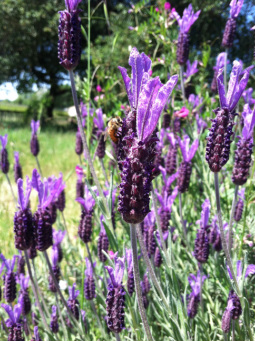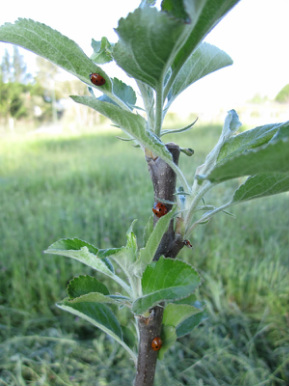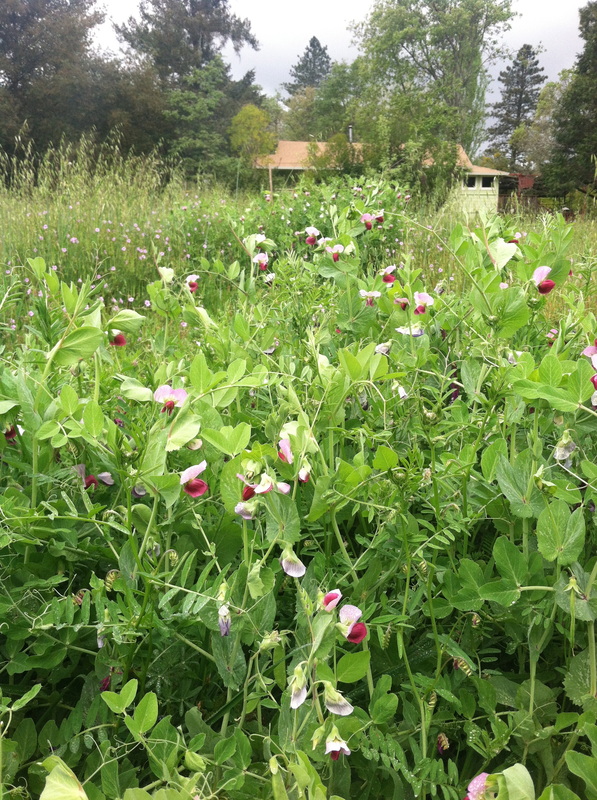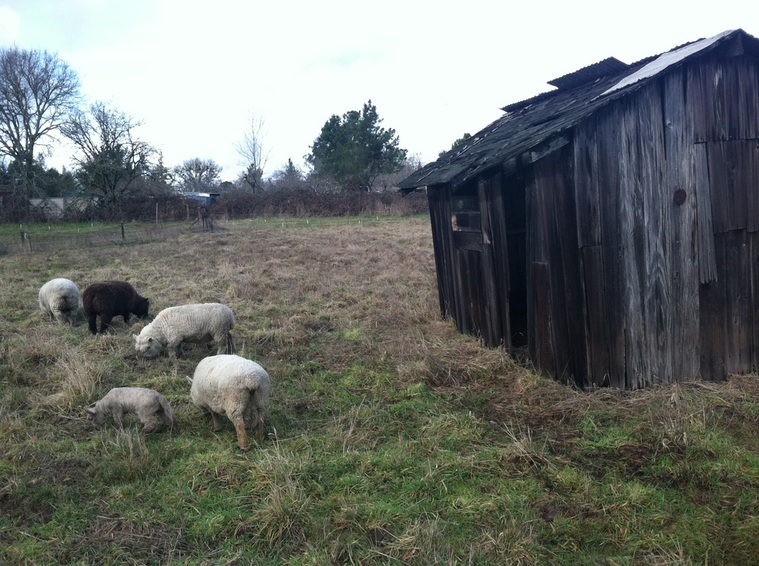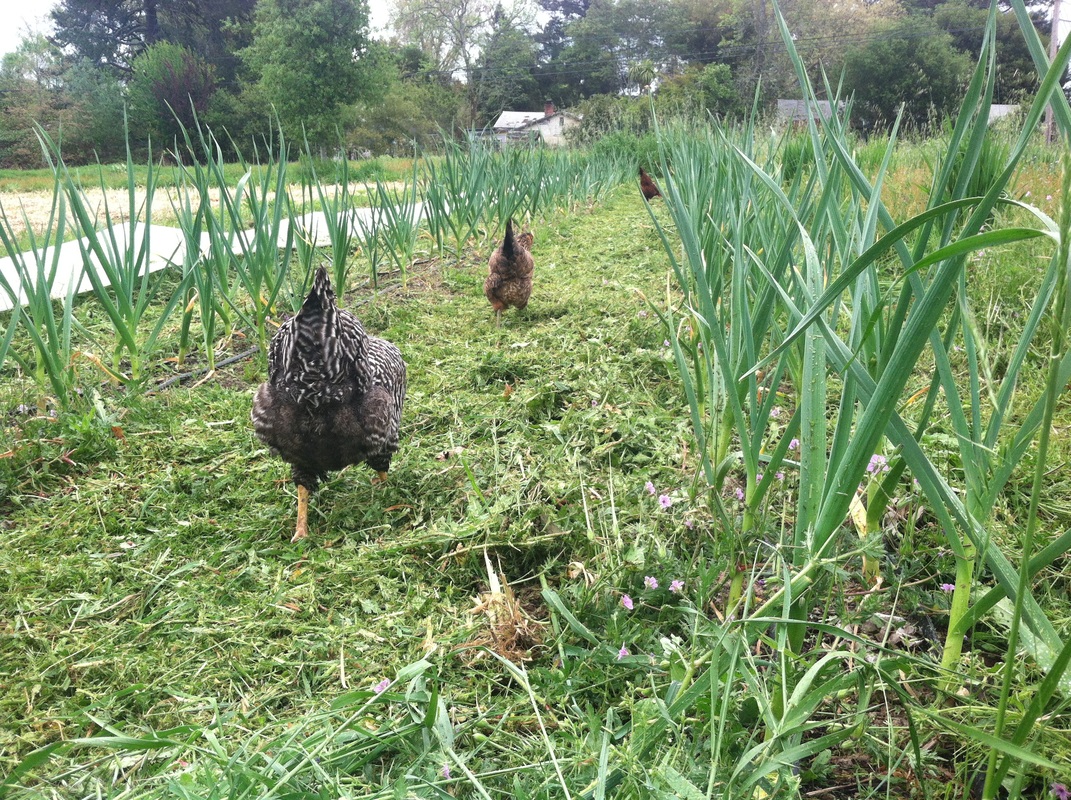Our farming practices
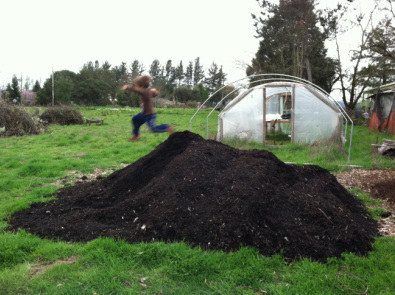
Biodiversity: Monoculture in agriculture leads to genetic stagnation, pest and disease outbreaks, soil nutrient depletion, and an awfully boring landscape. To avoid these pitfalls, we interplant our heirloom apple trees with food crops, cover crops, herbs, and wildflowers. We also let noninvasive weeds do their thing.
Organic farming: We are beginning the process to get certified organic, so of course we do not use chemical or synthetic fertilizers, sprays, herbicides, or pesticides. But that is only part of the equation. Our goal is not to eliminate pests or weeds or nutrient deficiencies. Instead, we are focused on building healthy soil, which in turn leads to healthy plants. To that end, we use compost, cover crops, biodynamic preparations, crop rotation, mycorrhizal fungi, compost, mulch, companion planting, and more compost. Well-nourished trees and plants can more easily combat pests, withstand drought, and produce abundant food.
Habitat: When we moved here, one of the first things we did was clear deadwood and prune long-neglected trees. After collecting the usable debris for mulch and firewood, we heaped the remains into a big burn pile. It wasn’t long before we saw numerous species of birds flying in and out of it. We also noticed that there were fewer cabbage moths, hornworms, and even aphids on our plants. Without intending to, we had created a habitat for helpful birds — and so the brush pile remains, to be left unburned.
There are some other simple ways we encourage beneficial critters. At the end of fall, we let our flowers go to seed to feed the hungry birds through the winter. Their dried stalks make nice perches, too. We have our sheep graze the grasses so the neighborhood hawks and falcons can more easily hunt for gophers and voles. We also love insectary plants. These are flowers, herbs, cover crops — and even so-called weeds — that attract bees, ladybugs, lacewings, butterflies, and other beneficial insects to help with pollination and pest control.
Organic farming: We are beginning the process to get certified organic, so of course we do not use chemical or synthetic fertilizers, sprays, herbicides, or pesticides. But that is only part of the equation. Our goal is not to eliminate pests or weeds or nutrient deficiencies. Instead, we are focused on building healthy soil, which in turn leads to healthy plants. To that end, we use compost, cover crops, biodynamic preparations, crop rotation, mycorrhizal fungi, compost, mulch, companion planting, and more compost. Well-nourished trees and plants can more easily combat pests, withstand drought, and produce abundant food.
Habitat: When we moved here, one of the first things we did was clear deadwood and prune long-neglected trees. After collecting the usable debris for mulch and firewood, we heaped the remains into a big burn pile. It wasn’t long before we saw numerous species of birds flying in and out of it. We also noticed that there were fewer cabbage moths, hornworms, and even aphids on our plants. Without intending to, we had created a habitat for helpful birds — and so the brush pile remains, to be left unburned.
There are some other simple ways we encourage beneficial critters. At the end of fall, we let our flowers go to seed to feed the hungry birds through the winter. Their dried stalks make nice perches, too. We have our sheep graze the grasses so the neighborhood hawks and falcons can more easily hunt for gophers and voles. We also love insectary plants. These are flowers, herbs, cover crops — and even so-called weeds — that attract bees, ladybugs, lacewings, butterflies, and other beneficial insects to help with pollination and pest control.

